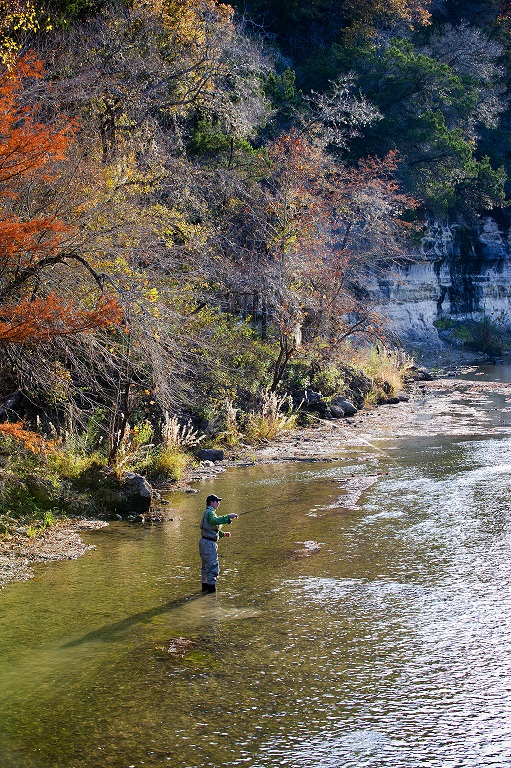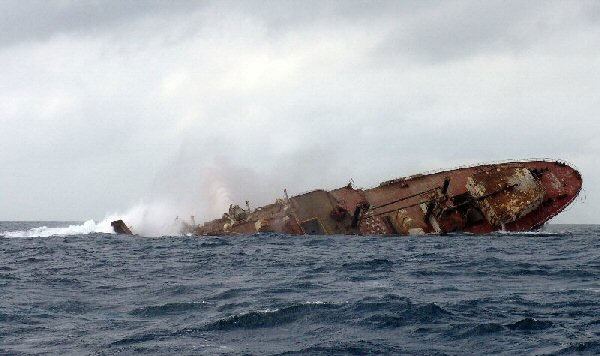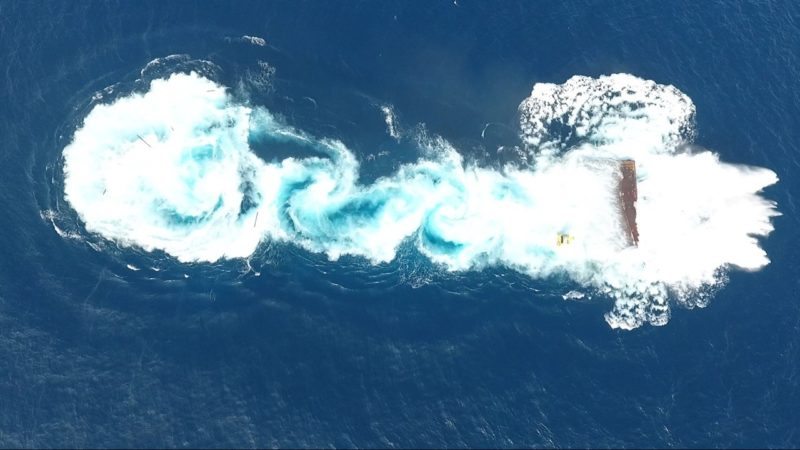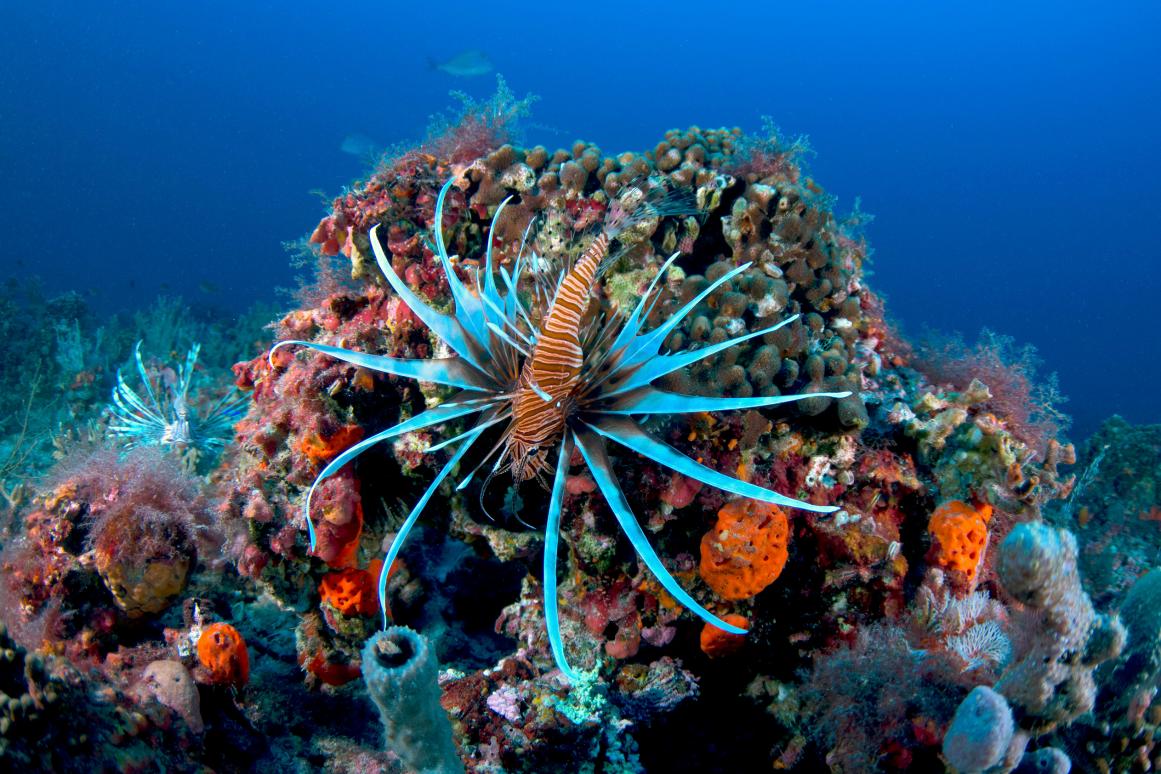Fall Fishing in Texas
Monday, November 27th, 2017This is Passport to Texas
When was the last time you went fishing? Fall weather makes spending extended periods of time outdoors more pleasant, but beyond that: fishing is simply great this time of year – saltwater and freshwater.
While Hurricane Harvey stirred things up along the coast, saltwater fishing is shines this time of year. Red drum—or redfish—are favorites of coastal anglers as they migrate into the beachfront waters of the gulf for their annual spawn.
According to veteran anglers, autumn is an ideal time to cast for tarpon and snook, too. You’ll find those farther south.
Not a saltwater fisher? No worries—there’s plenty of action in freshwater during the cooler months. With more great bass lakes than you can shake a stick at, expect to reel in some big fish as they move to shallower waters in fall.
Remember: if you reel in a largemouth bass weighing 13 pounds or more, consider donating it to the Toyota Texas ShareLunker program for use in the spawning program.
Some bass lakes to visit this fall include Lake Fork, Falcon Lake, and Choke Canyon Reservoir.
Any time is a good time to fish in Texas, and fall may just be the best time.
The Sport Fish Restoration program supports our series.







 Passport to Texas is a
Passport to Texas is a  Passport to Texas is made available by:
Passport to Texas is made available by: